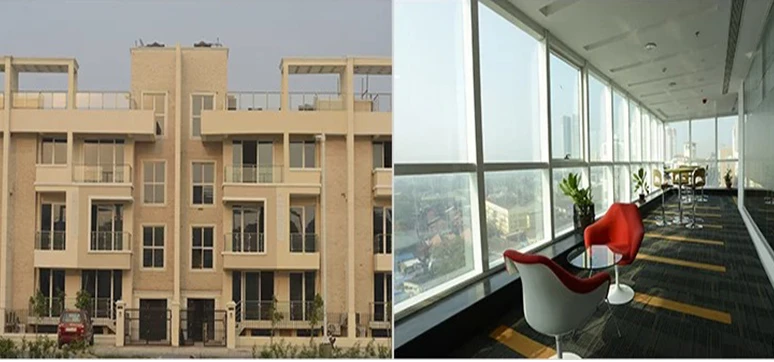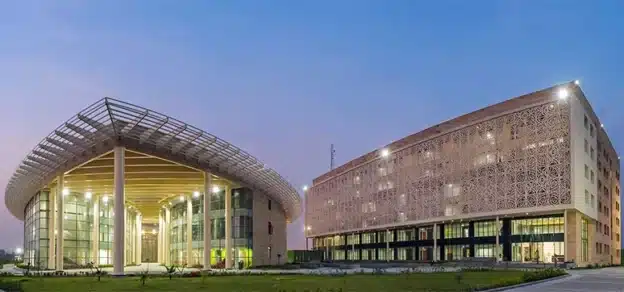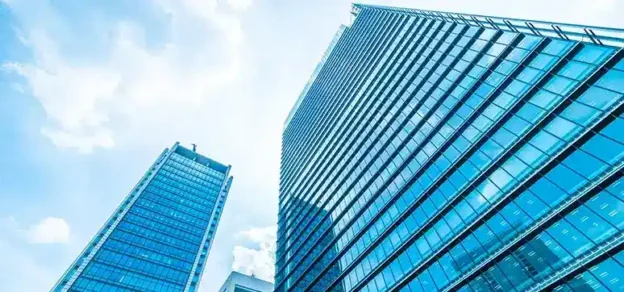Mahatma Gandhi once famously remarked, ‘Mother Earth provides enough to satisfy every man’s needs, but not every man’s greed’.
Do you know that at the rate of destruction that we are in today, there won’t be any trees left for Koala bears to cling on, no forest for elephants to graze, no ice caps for polar bears to stretch, and the penguins and seals would go homeless. Yes, such is the damage we are causing the earth!
At our rate of consumption, several natural resources are fast depleting. We see states already fighting for water. Trains with water had to be sent to Latur in Maharashtra to provide some relief for the drought affected. The fragile ecological balance is being abused.
Modernization of living spaces coupled with growing demand for office spaces, due to the steep growth in service industry has led to increase in energy consumption, and higher usage of natural resources. While such high growth rates are good for the Indian economy’s health, one should also be concerned about the impact on the environment. The situation can become alarming in the future and the need of the hour is to consider and adopt innovative technologies to minimise energy consumption and preserve natural resources. If this isn’t thought through well, the world that our children would see won’t be the same as the one we saw.
Studies have clearly established that buildings today are an important area of energy consumption in India. It is also well established that with our pace of development, they are going to consume even more energy in the India of tomorrow. For example, studies have shown that if one were to estimate the inventory of buildings in India in 2030, the majority of them will be buildings which are yet to be built! Seen in that context, energy efficiency in buildings becomes an even more pressing agenda.
Buildings consume energy differently based on their purpose. However across different kinds of buildings the main elements of building energy consumption remain the same – air-conditioning and artificial lighting.
Let’s ask ourselves a question. What if we could play a small role in saving the earth? Wouldn’t we like to become Captain Planet? All it takes is a simple change. There is a window of opportunity out there and it lies in our windows and facades.
Not just opening our windows or glazing the facade will make earth greener and cleaner; but opting for an energy efficient glass for our windows and facades can help seize this opportunity.
Sample this, Do you, at your home or work, pull do
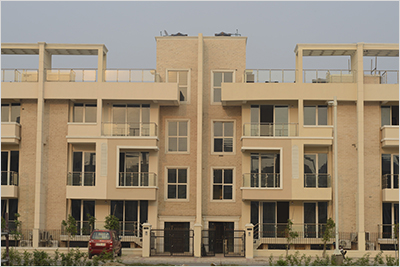
wn curtains in the morning to escape sun’s heat and switch on lights and air-conditioning to keep comfort? If yes, aren’t you wasting precious electricity, when natural air and light are available in abundance? And, remember, burning coal that adds to the carbon footprint is what produces electricity. So is it not a deal to be green and save you from huge power bills?
The solution lies in choosing the right glass. Normal clear glass in windows or facades allows sunlight with heat. It heats up spaces, making you pull down curtains, which in turn makes the environs dark even during the day. You light your space up with electricity and pay for it. With technology today in glass making, glasses are being manufactured to cut the heat out and allow only light in.
Doesn’t that sound a double delight? Now, how would one get this performance from glass? The energy efficient properties get accorded to glass by a process known as Offline Coating.
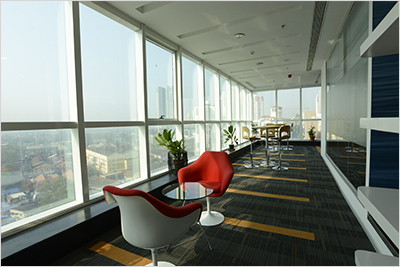
Offline Coated Glass is essentially ordinary float glass with precious metal oxides or nitrides and in some cases pure metals themselves, fused onto the surface of the glass. This coating imparts energy efficient properties to the product, giving it visual appeal, while providing functional benefits like solar control and glare reduction. Coated glass is carefully designed to reflect a very low percentage of light, and offers maximum transparency and optical clarity, allowing optimum view through the glass at all times.
The metal oxides/nitrides/metals are fused onto the surface of the glass by a distinct manufacturing process known as Magnetron Process.
Magnetron Process (Off-line)
The manufacture of this type of glass involves the deposition of metal particles on the glass surface by magnetically enhanced cathodic or magnetron sputtering under vacuum conditions. As this glass is coated off the Glass manufacturing line, it is known in common parlance as an Offline Coating Process.
Magnetron Sputtering – The Mechanism
Magnetron sputtering is a plasma coating process whereby sputtering material is ejected due to bombardment of ions on to the target surface.
The vacuum chamber of the coating machine is filled with an inert gas, such as argon. By applying a high voltage, a glow discharge is created, resulting in acceleration of ions to the target surface and a plasma coating. The argon-ions then eject sputtering materials from the target surface (sputtering), resulting in a sputtered coating layer on the base glass.
This glass is manufactured to meet the most exacting standards in order to deliver a high performance coating with ease in processing. What’s more, the range of these energy efficient glasses is specifically designed to suit India’s hot and humid climate. These glasses come with various permutations of light transmission and heat insulation. One can choose from a wide range and add a dash of colour to windows or facades, as these glasses come under various houses of colour too. Today, one can choose a glass from this range that can let in about 60 per cent of light but only 20per cent of heat as against a conventional glass that lets in an equal amount of light and heat.
The future, one can safely say is, made of Offline Coatings thanks to their energy efficient features as well as the multi functionality features they impart to basic float glass.

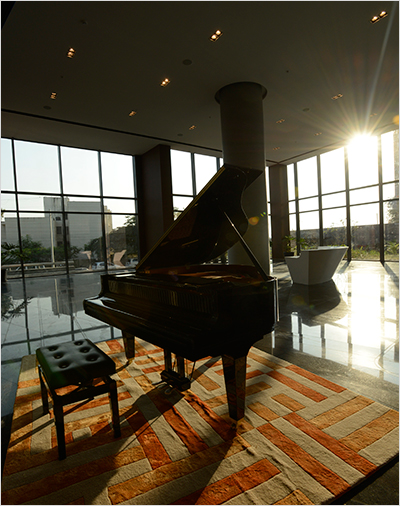
Though the technology in glass making in India, is keeping pace with the global scenario with timely investments, all isn’t rosy on the industry front though. As capacities keep building up significantly, one hopes the market too keeps pace. Back home, the Indian market is yet to keep up to the pace of usage of high energy efficient glass largely due to absence of mandate to use such products. BEE (Bureau of Energy Efficiency), IGBC (Indian Green Building Council),Griha and now USGBC (US Green Building Council) are catalysing the efforts to dot the Indian skyscape with energy efficient glazing products that significantly contribute to green architecture. Whatever is being done today in India in the green buildings front, is largely due to voluntary efforts by the stakeholders.

Advanced countries like Dubai, have made it mandatory for all new buildings to go green in a bid to reduce their Carbon Emissions by 30 per cent by 2030. By the same time, Singapore vouches to be much greener than today when 80 per cent of its buildings will be certified green. In the US, the state of California is leading the way with the California Green Building Code, or CALGreen, for implementing mandatory green building measures that apply to all newly constructed buildings or structures.
The Government of India under the aegis of Bureau of Energy Efficiency (Ministry of Power) has taken the initiative to bring in the Energy Conservation Building Code (ECBC). The purpose of this code is to provide minimum requirements for the energy efficient design and construction of the buildings. ECBC is currently a guideline and not yet a mandatory code. The glass manufacturers have invested hugely in terms of creating capacity for making high performance glass which is compliant with the ECBC requirements. Indeed today the Indian glass industry can manufacture all kinds of energy performance glasses in India – there is no need to import.
Energy Efficient Glass from Saint-Gobain

There are many aspects of the Vacuum magnetron process used in Saint-Gobain which are of proprietary nature championed by inhouse R&D and protected by exclusive patents. The Saint-Gobain Research India (SGRI) which is the R&D vertical of Saint-Gobain in India develops solutions uniquely designed for the Indian Market. This is an area where cutting edge technology is at work in the areas of R&D and blueprinted by the state of the art manufacturing by Saint-Gobain.
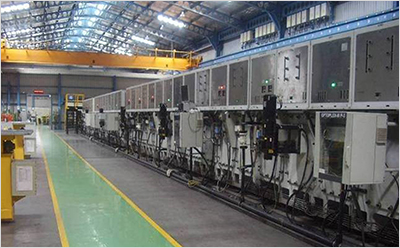
million sqft of High-Performance, High-Selective, Energy-Efficient Glass that can cater to markets spanning the entire Africa, Middle-East, ASEAN and Oceania region. The Work in Progress Magnetron Coater will focus on producing large span/ jumbo sizes of energy-efficient glass that are a perfect fit for the skyline designs for the export markets.
Further, the glass processors have invested widely in manufacturing lines for making Insulated Glazing Units, thereby leading to further strengthening of the domestic industry’s ability to cater to demand for high-performance glazing. These investments are yet to see scaling up to reach full capacity due to lower domestic consumption.
Several stakeholders from the glass & glazing industry came together and formed the not-for profit Glazing Society of India (GSI) which has been working steadily in the areas of Standardization, Testing and Product Performance Certification. In the past few years, GSI has been able to collaboratively create two world-class resources – the Building Energy Performance Lab (BEPL) at CEPT University in Ahmedabad & the Structural Glazing Research & Testing Lab (SGRT) at IIT Madras. These resources test glass for energy performance and structural performance.
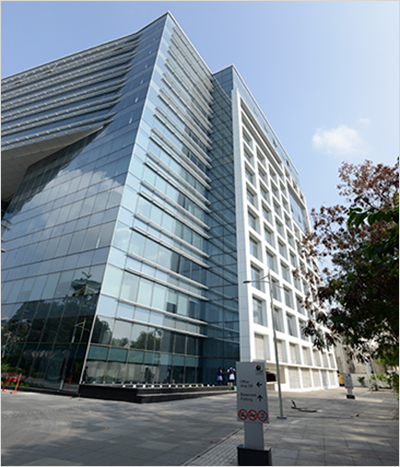
With the coming up of GSI’s Product Performance Certification Procedure, which uses these Labs as independent third party testing centres, another milestone has been achieved in the capability building.
The time is thus right for making ECBC mandatory. There is wide domestic availability of products, there is common understanding of standards and there is infrastructure to test the products against these standards. What is needed now is to develop compliance procedures, lay down the checks and balances in the system and invest in further scaling up the footprint of the testing and certification system. This should be priority number 1 for the Government of India to achieve greater energy efficiency in buildings.
One should also not forget the residential buildings and the smaller commercial buildings which don’t fall within the ambit of ECBC. These need to be covered through the Windows Rating Program. A lot of work has already been done in this area, the different stakeholders are widely in agreement and it is now time to initiate codes on this front.
Codes are important. Equally important is awareness building and capability creation in the form of a wide spectrum of trained experts who can implement these codes. This is an area where good work has been done by BEE. More needs to be done. Commitment of adequate resources on this front is essential.
India needs to make giant strides at the policy and also at the implementation fronts in making green buildings a much larger reality sooner than later and not risk, being left behind in contributing to a greener planet.
The glass is still half full and the clock’s ticking! We need to act fast, lest it will become empty soon.
